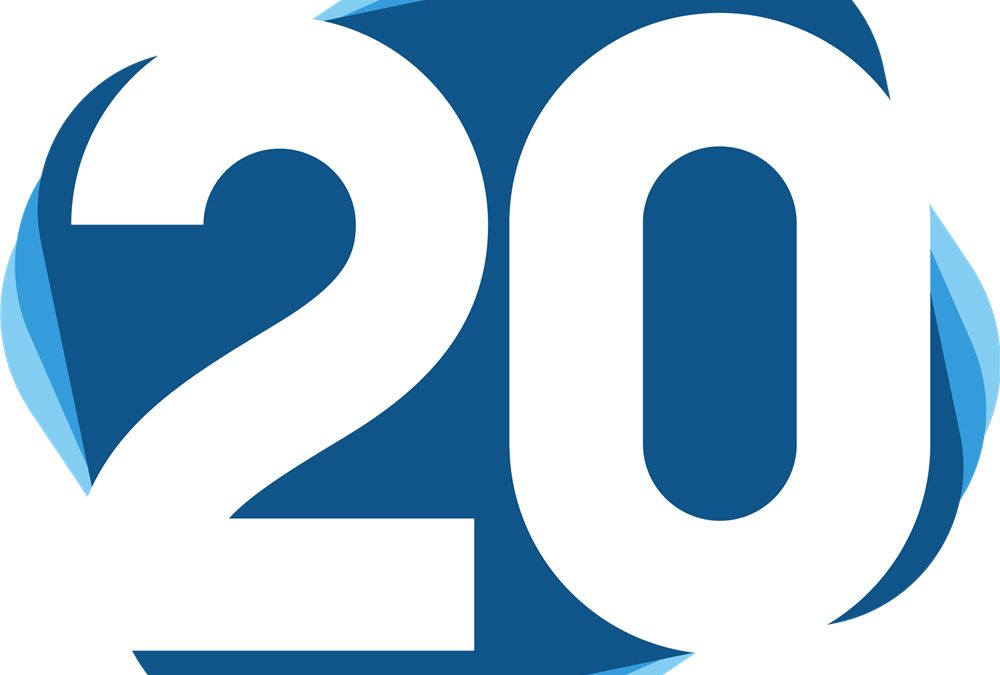The following article is from the spring 2016 issue of INSIGHT, the professional journal of the Texas Association of School Administrators:
Twenty years into the “anybody can learn anything anywhere” era, we’re inventing new ways to grow human beings. The opportunity to create powerful learning experiences gets better every month, but it’s hard to keep up with all the new tools and strategies. At a TASA Midwinter Conference breakout session in Austin in January 2016, participants discussed strategies for advancing next-generation learning, which is blended, personalized and competency-based. That means learners have some control over place, pace and path; they “show what they know” and progress based on demonstrated mastery.
Here’s what the school administrators in attendance had to say about advancing next-generation learning:
- Do more listening than talking.
- Include people, build relationships and engage multiple stakeholder groups, including students.
- Respect students. Study the learner experience. What does school feel like? Show learners respect and they will rise to the expectation. Attitude is everything.
- Find the heartbeat of the school. What makes it work? What’s the shared history? Find and honor those things. Identify teacher leaders, build bridges and incorporate them in the plan.
- Be visible in schools and in the community.
- Share yourself, work on your personal narrative, and let your community know why you became an educator and why the work matters to you. How does your history inform your desired future state? A little vulnerability goes a long way.
- Culture first and strategy second. Develop a broad leadership structure with shared decision-making. Start by establishing shared culture.
- Create transparency, open doors, and share data and feedback. Get real about current performance.
- Invest in professional development and quality teacher-learning experiences, both individual and team.
- Study new models. Form a new models study group of parents and teachers. Study school profiles and grant programs. Visit and learn about great schools facing similar challenges. Check out opportunityculture.org for staffing suggestions. (Texas Education Agency is a partner.) Report back to the school community.
- Create a dynamic plan. Your campus improvement plan must be a living document.
- Build relationships with other departments. Insert yourself and expand your sphere of influence. You need to connect and work together as a unit. If you’re a district administrator, break down some of the hierarchy that exists. Ask school leaders what they want to do but have never been able to do.
- Build partnerships for student success. Study the Educate Texas approach to collective impact.
- Consider retention. Why would anyone want to stay in your school or district? What can you do to make it a great place to work?
- Model technology use, including effective and ineffective applications. It’s OK to share your struggle.
- Host community conversations. Facilitate temporary agreements to keep your school community moving forward.
- Plan for access. Build a shared vision for high-engagement learning in a high-access environment. Put the vision on a timeline.
- Keep an open mind. Model an innovation mindset. Learn something new this year.
- Take care of your family. These are mentally and physically taxing jobs, but it’s hard on your family too. They see you struggle; they feel the sting of criticism. They notice the absence. Share the joys and the frustrations. Create daily and weekly habits to make the job doable for you and your family.
- Stick around! Stable, effective leadership is the important thing. Leadership matters. Be less quick to move to the next job. That makes the difference.
